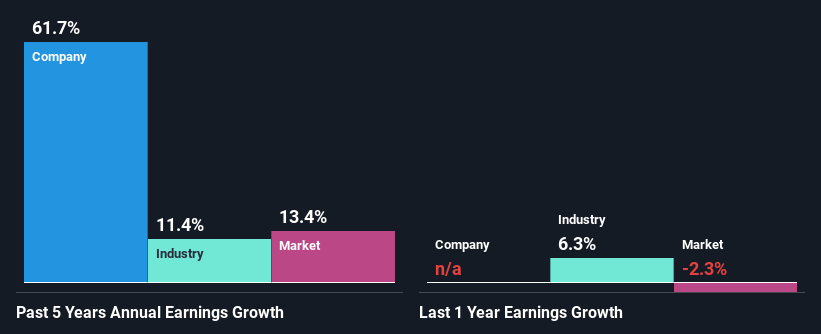It is hard to get excited after looking at Adient’s (NYSE:ADNT) recent performance, when its stock has declined 10% over the past three months. However, a closer look at its sound financials might cause you to think again. Given that fundamentals usually drive long-term market outcomes, the company is worth looking at. Specifically, we decided to study Adient’s ROE in this article.
Return on equity or ROE is a key measure used to assess how efficiently a company’s management is utilizing the company’s capital. In other words, it is a profitability ratio which measures the rate of return on the capital provided by the company’s shareholders.
Check out our latest analysis for Adient
How To Calculate Return On Equity?
ROE can be calculated by using the formula:
Return on Equity = Net Profit (from continuing operations) ÷ Shareholders’ Equity
So, based on the above formula, the ROE for Adient is:
11% = US$307m ÷ US$2.7b (Based on the trailing twelve months to December 2023).
The ‘return’ is the profit over the last twelve months. Another way to think of that is that for every $1 worth of equity, the company was able to earn $0.11 in profit.
What Has ROE Got To Do With Earnings Growth?
So far, we’ve learned that ROE is a measure of a company’s profitability. Based on how much of its profits the company chooses to reinvest or “retain”, we are then able to evaluate a company’s future ability to generate profits. Assuming all else is equal, companies that have both a higher return on equity and higher profit retention are usually the ones that have a higher growth rate when compared to companies that don’t have the same features.
A Side By Side comparison of Adient’s Earnings Growth And 11% ROE
To start with, Adient’s ROE looks acceptable. And on comparing with the industry, we found that the the average industry ROE is similar at 11%. This probably goes some way in explaining Adient’s significant 62% net income growth over the past five years amongst other factors. We believe that there might also be other aspects that are positively influencing the company’s earnings growth. For instance, the company has a low payout ratio or is being managed efficiently.
We then compared Adient’s net income growth with the industry and we’re pleased to see that the company’s growth figure is higher when compared with the industry which has a growth rate of 11% in the same 5-year period.
Earnings growth is a huge factor in stock valuation. The investor should try to establish if the expected growth or decline in earnings, whichever the case may be, is priced in. Doing so will help them establish if the stock’s future looks promising or ominous. What is ADNT worth today? The intrinsic value infographic in our free research report helps visualize whether ADNT is currently mispriced by the market.
Is Adient Efficiently Re-investing Its Profits?
Given that Adient doesn’t pay any dividend to its shareholders, we infer that the company has been reinvesting all of its profits to grow its business.
Conclusion
On the whole, we feel that Adient’s performance has been quite good. Particularly, we like that the company is reinvesting heavily into its business, and at a high rate of return. Unsurprisingly, this has led to an impressive earnings growth. Having said that, the company’s earnings growth is expected to slow down, as forecasted in the current analyst estimates. To know more about the latest analysts predictions for the company, check out this visualization of analyst forecasts for the company.
Have feedback on this article? Concerned about the content? Get in touch with us directly. Alternatively, email editorial-team (at) simplywallst.com.
This article by Simply Wall St is general in nature. We provide commentary based on historical data and analyst forecasts only using an unbiased methodology and our articles are not intended to be financial advice. It does not constitute a recommendation to buy or sell any stock, and does not take account of your objectives, or your financial situation. We aim to bring you long-term focused analysis driven by fundamental data. Note that our analysis may not factor in the latest price-sensitive company announcements or qualitative material. Simply Wall St has no position in any stocks mentioned.
